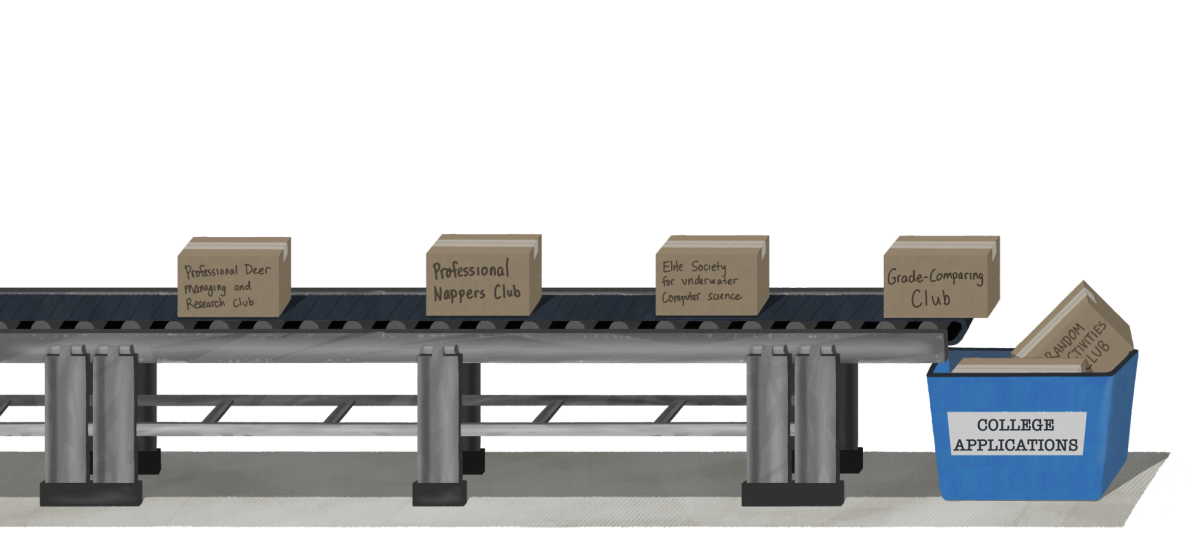By Jack Mallery
According to TIME Magazine, the average person checks their phone 46 times a day or more. Students don’t even recognize that they have their phone out because it has become such a routine part of their lives. e temptation to check the news, social media or talk to friends is always available right in a student’s pocket. us,
the social studies department felt that it was time to experiment with a change
so that those distractions no longer detract from students’ learning. To combat this problem, the department has implemented a system of cubbies. Students are assigned a number, which corresponds to a pouch that they will be required to place their phone in before class starts. The system that has been introduced will increase students’ attention in class and help break the cycle of addiction students have with their phones. Teachers hope that this will increase students’ attention to the task at hand and foster collaboration to solve problems. It is all too easy to whip out a smartphone and search an answer, and teachers feel that the better course of action is to learn by interacting and engaging with classmates.
The idea behind the cubbies is simple and easy to understand. They are there to keep phones out of the hands of students so that the temptation isn’t even there. Teachers notice that many students are not actively engaged in class because they are fascinated by the constant notifications and flashing screens of their phones. is newly implemented system will therefore increase class participation and attention by creating an environment in which students are more likely to pay attention to their peers and teachers in an effort to engage in learning as opposed to their devices.
Students are absorbed in a cycle of addiction to technology around them. Even if students are using their phones during class downtime to work on assignments for other classes, they are not focusing on learning the material presented to them at that moment. According to “Psychology Today,” only two percent of all people can successfully multitask. To many students, it may seem like they can focus on two things at once—the class at hand and their phones—but in reality their brains cannot effectively handle this. When someone attempts to work on a task on the side, their brain loses about 40 percent productivity in the main task. Taking away the secondary task for students— using their phones—will increase their attention and pro- mote better work habits during class time.
Along with this preliminary preventative measure by the social studies department, however, students will need to learn self-control and self-monitoring habits themselves for later on in life. It can feel like the cubbies are “baby- ing” students—a er all, in the professional world, students will have to resist the temptation to use their technology at inappropriate times by themselves. The social studies department, however, feels that this will not be a problem. Classes are only 70-80 minutes, three times a week, which is not much time to spend o of phones. Students have all of their remaining classes and free time to exercise self- control over their technology, and three or so hours of “babying” is a good trade for an interruption-free class period. Therefore, the benefits of these cubbies far outweigh the possible harm that they could do.
By introducing cubbies for phones, the social studies department has taken a step to ensure that all student maximize their performance. Phones diminish student performance in class and distract them from the task at hand. Multitasking does not work for most people, and every day students lose valuable class time staring at a screen instead of the whiteboards, projectors and smartboards in front of them. Eliminating phones from the equation may seem like it discourages self-control, but student learning is far more important.












